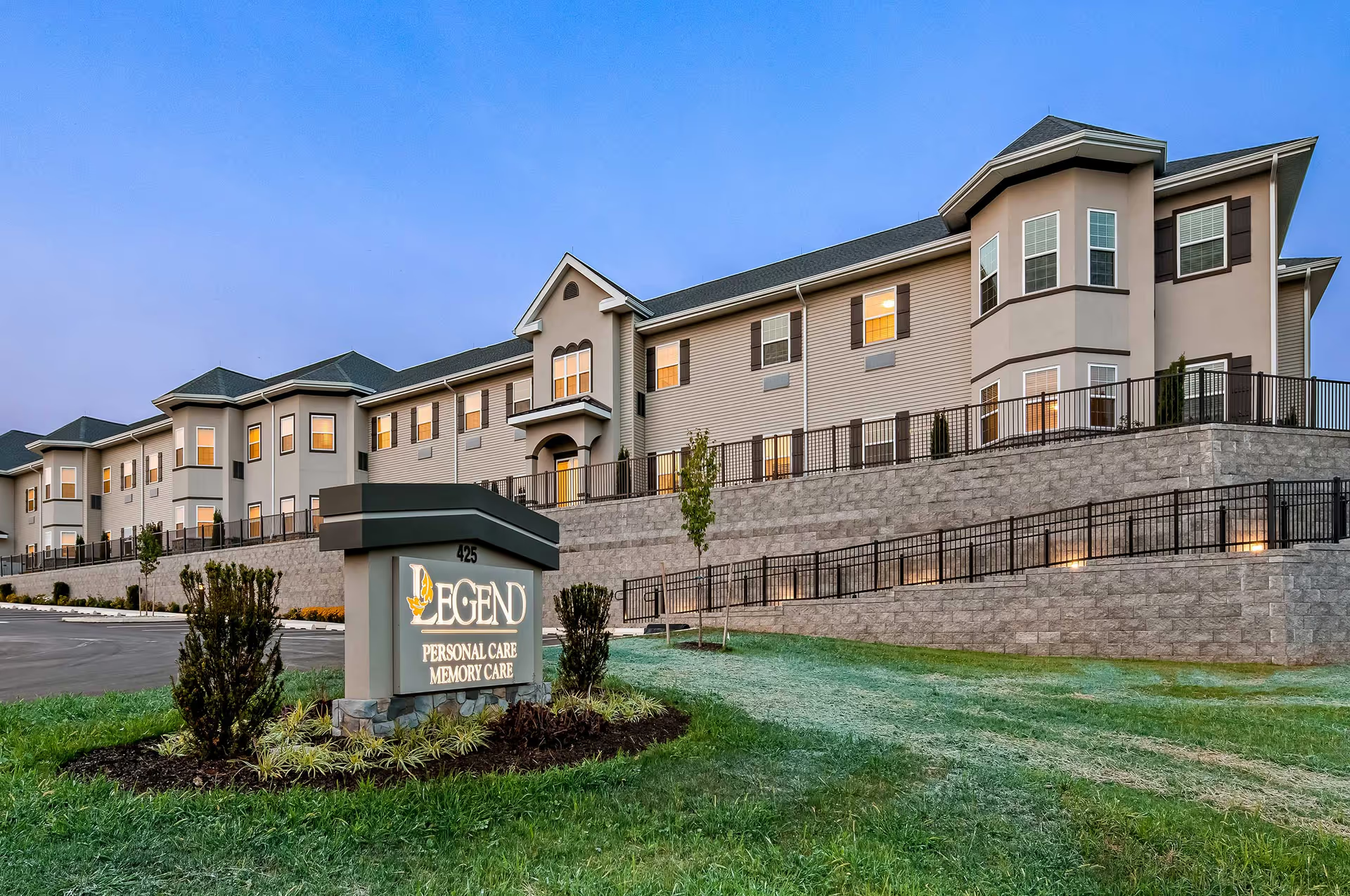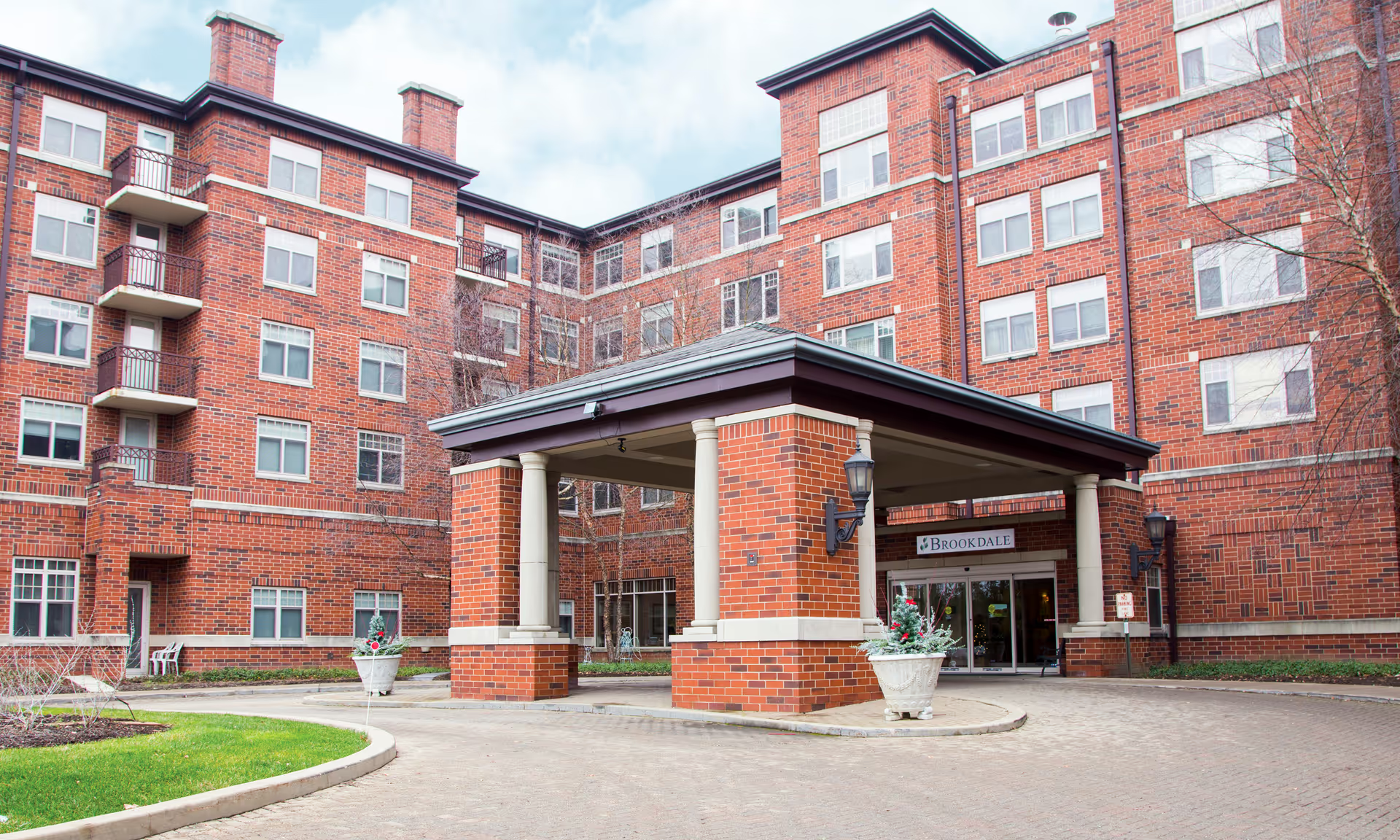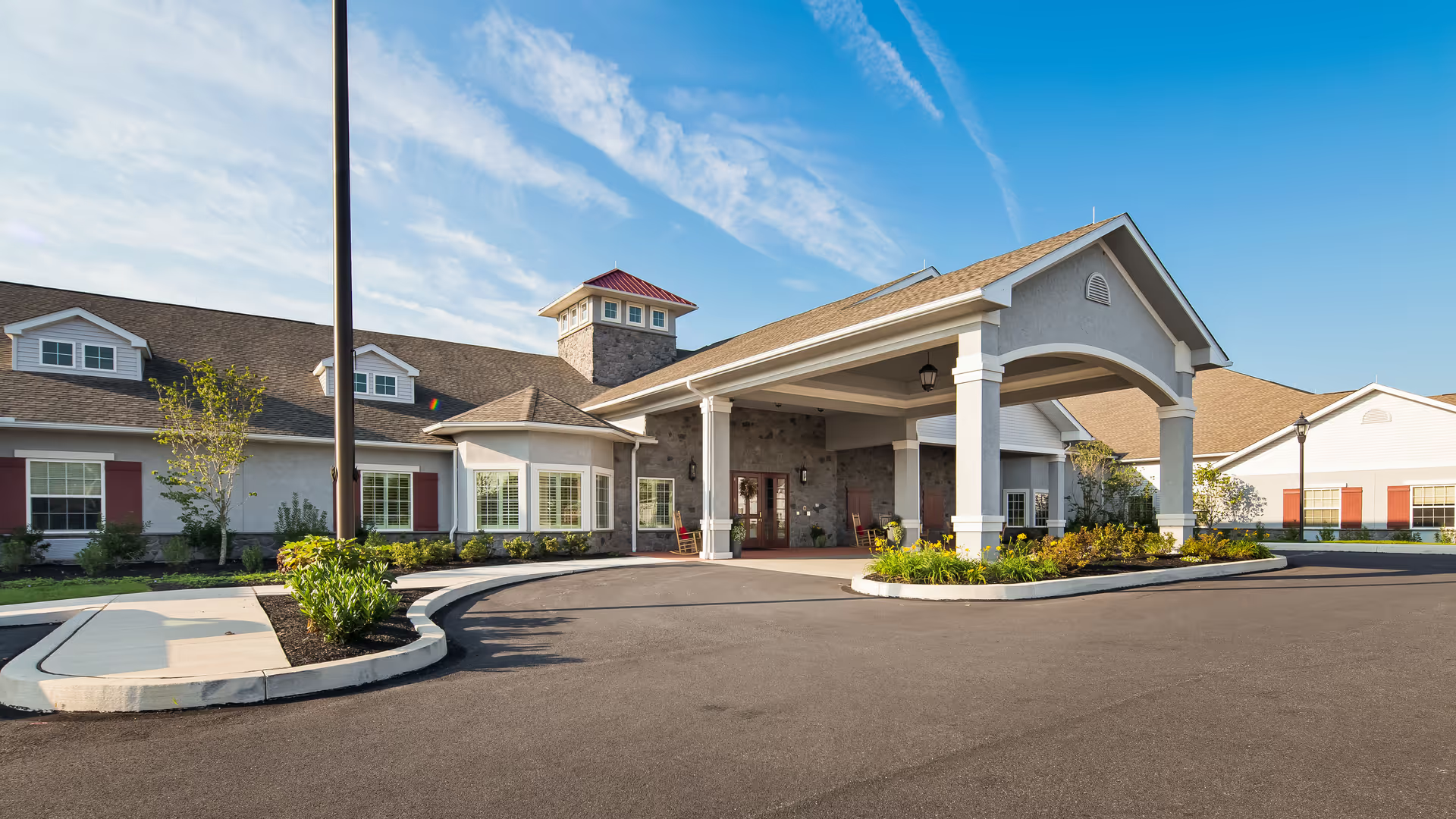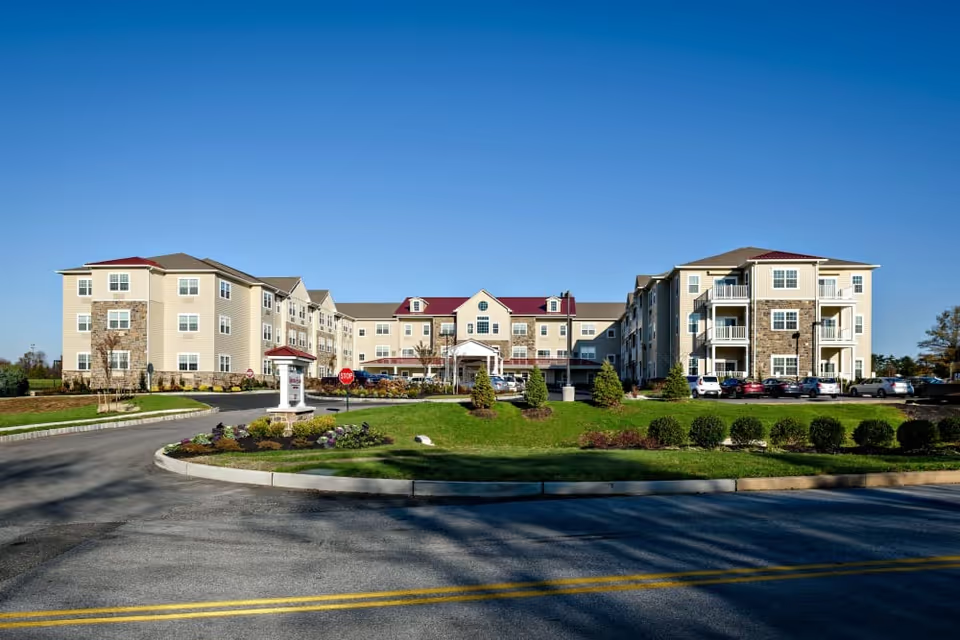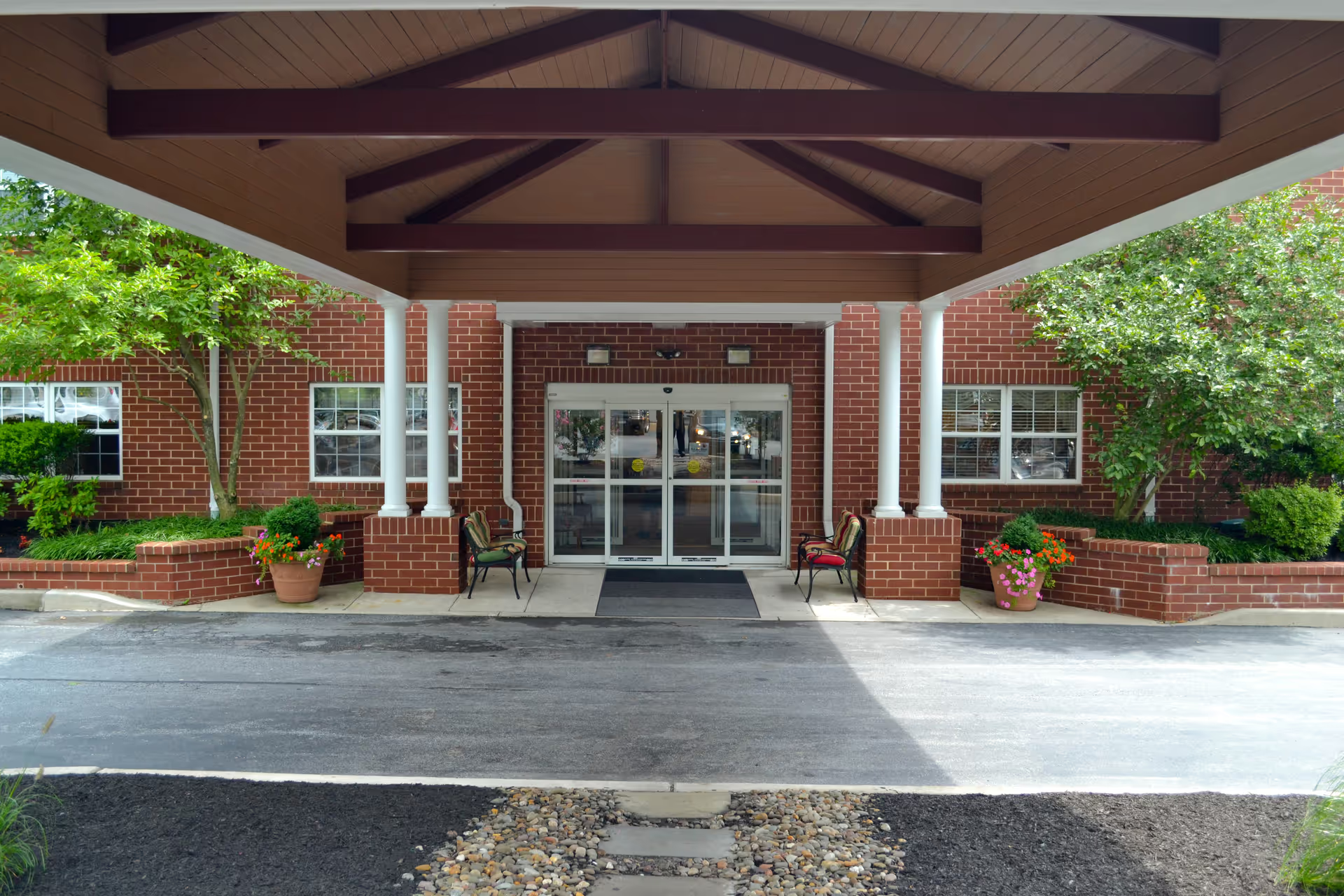Overall sentiment in these reviews is mixed and highly polarized, with clear praise for frontline caregiving staff and facility cleanliness on one side and serious operational and safety complaints on the other. Multiple reviewers emphasize that staff are friendly, caring, and attentive; residents are described as being well cared for and the facility is described as very clean with a pleasant smell by some visitors. At the same time, a number of reviews raise substantial concerns about staffing levels, management involvement, safety, and regulatory issues.
Care quality and staffing: The most consistent negative theme is understaffing. Several reviewers explicitly state there are not enough registered nurses (RNs) and insufficient overall staff to meet residents' needs. Related complaints include "no one available to assist" and "not enough staff to provide care," which suggest that, while individual employees may be compassionate, they are frequently overstretched. This creates a situation where the quality of care can vary depending on staffing levels and shift coverage. The praise for "good workers" and "staff showed care" indicates that when staff are present they perform well, but systemic staffing shortages undermine reliability of care.
Staff and management: Reviews point to an apparent disconnect between frontline staff performance and supervisory/management involvement. Multiple mentions of a "supervisor not involved" and "lack of hospitality" imply weaknesses in leadership, oversight, or customer service practices. This managerial absence can exacerbate problems from understaffing, such as delays in assistance and poor responsiveness to family concerns. There are also extremely negative characterizations in some reviews — including a direct admonition not to send family members and the descriptor "despicable" — which suggest at least some reviewers experienced or perceived serious lapses that they felt warranted strong warnings.
Facilities, cleanliness, and smells: Feedback on the physical environment is mixed. Several reviewers praise the facility as "very clean" and note a "pleasant smell," indicating that housekeeping and general maintenance are strengths. Contrarily, at least one review mentions a negative "smell at entrance," showing there may be localized odor issues or inconsistencies in facility presentation. These conflicting reports suggest overall cleanliness may be good in many areas but inconsistent in some spots or times.
Safety and policy concerns: Significant safety-related concerns appear in the reviews. "Residents smoking on premises" is listed explicitly and, combined with "safety concerns," raises issues about policy enforcement, resident supervision, and potential fire or health risks. When coupled with complaints about insufficient staff and lack of immediate assistance, the smoking complaint becomes more worrying: it suggests inadequate monitoring and enforcement of safety rules.
Activities and resident life: A lack of activities is cited, indicating that the facility may not be providing enough programming or engagement opportunities for residents. This can negatively affect resident quality of life, particularly for long-term residents who rely on on-site activities for socialization and stimulation. No direct comments on dining or specific medical outcomes were provided in the summaries, so those areas remain undocumented in this dataset.
Regulatory and reputational issues: Mentions of "health inspection" problems and unequivocal recommendations against sending family members point to reputational and possibly regulatory concerns. While specific inspection deficiencies are not detailed in the summaries, the presence of such comments suggests that at least some reviewers have observed conditions they believed warranted formal attention.
Overall conclusion: The reviews present a facility with notable strengths in staff compassion and general cleanliness but with serious and recurring operational weaknesses: understaffing (including too few RNs), inconsistent supervision, safety lapses (including smoking on premises), and insufficient activities. The result is a polarized impression—some visitors experience a clean, caring environment, while others encounter conditions they find unacceptable and even dangerous. For prospective residents or families, the data indicate it would be important to verify current staffing levels, recent inspection reports, management responsiveness, activity programming, and safety policies (particularly around smoking) before making a placement decision.


